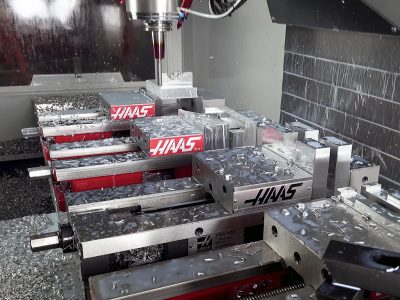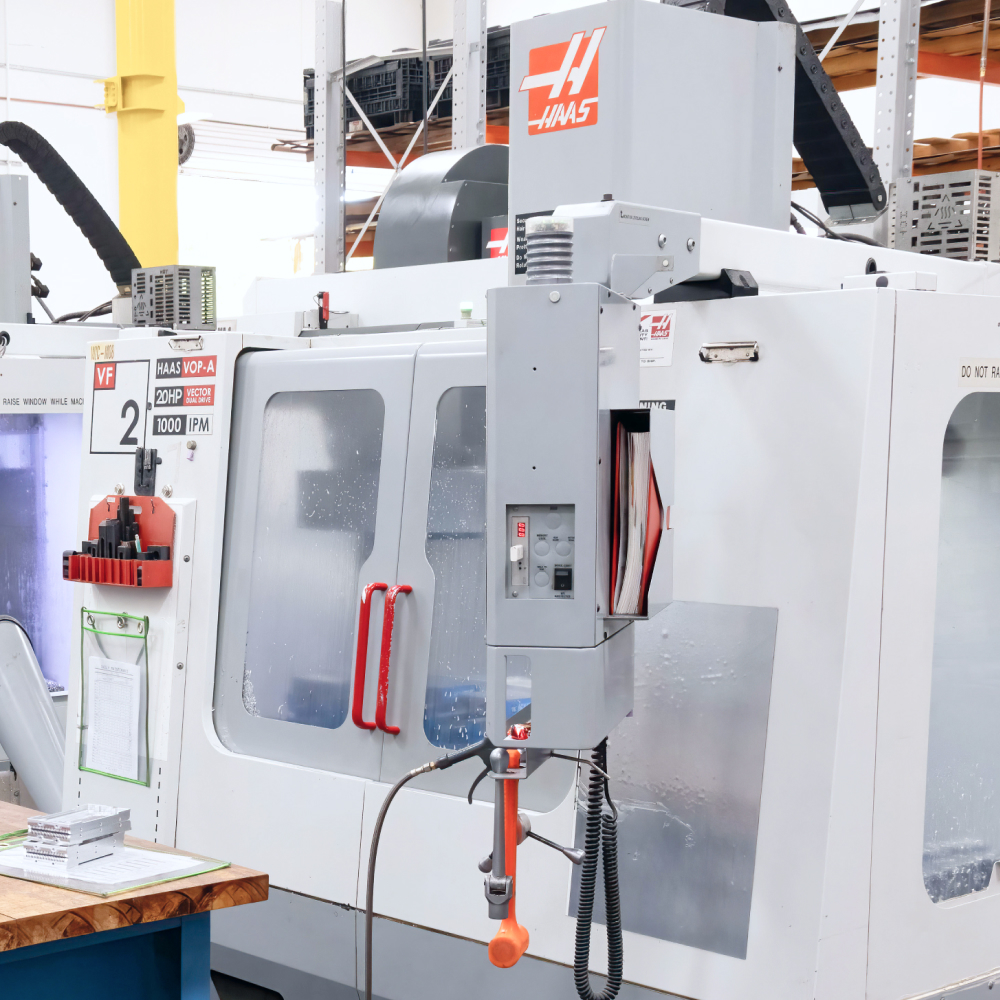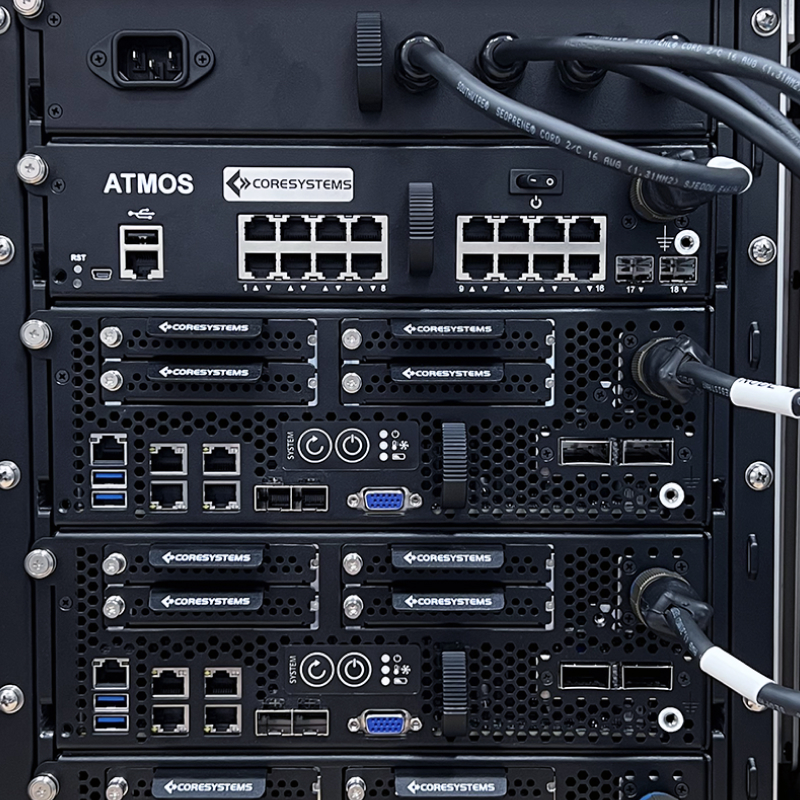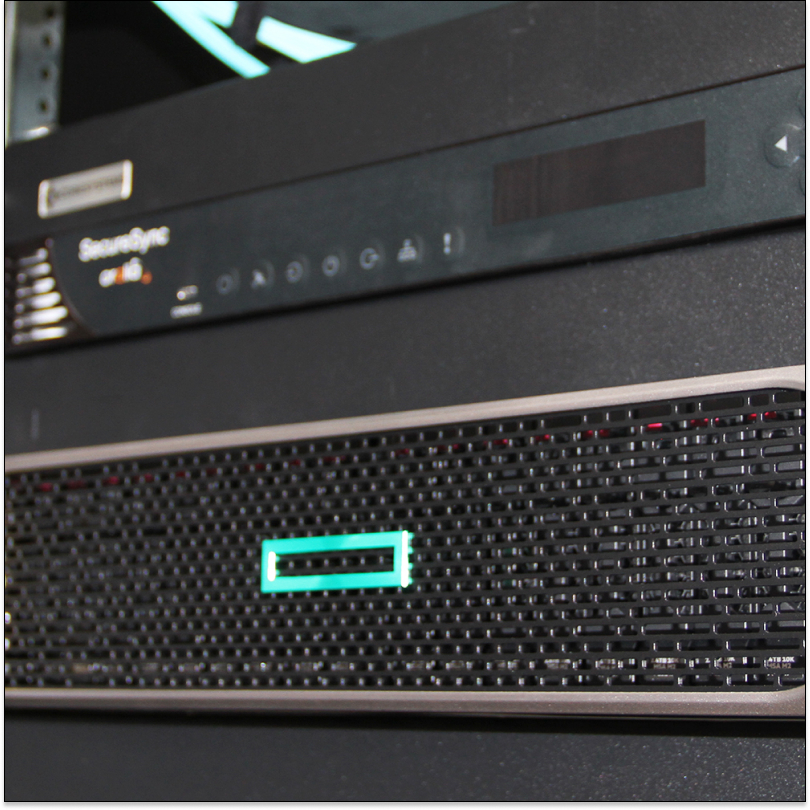In building tactical systems for the military, Core Systems has become the standard barrier to solutions that meet technical specifications and employ design decisions consequential in manufacturing. By employing and refining the industry’s most advanced design principles, Core Systems has reduced material, assembly, and testing costs associated with production. At the same time, they offer confidence that their solution performs under all specified conditions.
Learning from the Past
Design for Manufacturing or DFM principles are essential in high-volume manufacturing facilities where the design engineer makes upwards of 70% of the cost decisions. By adopting DFM principles and modifying them for the unique concerns of the military, Core Systems has set itself apart. A couple of examples of blunders in DFM that we all may remember are the Ford Pinto that was prone to explode due to the placement of the gas tank and the Intel Pentium Processor that miscalculated floating point operations. Both of which lead to substantial financial losses and reputational concerns.
Core Systems faces some unique-to-the-space obstacles to providing cost-effective solutions that employ advanced design principles within a limited production volume of a tactical computer.
New Technologies
As performance demands have inherently shortened product lifecycles, and as standards organizations pump out technologies not yet supported by the industry, Core Systems has employed the most advanced design tools, simulation platforms, and test beds to ensure that every aspect is considered prior to deployment.
By employing advanced thermal Management techniques, Core Systems can provide very compact solutions that are not hampered or degraded by poor thermal dynamics. They have been able to simulate the system in the field through a shock and vibration test bed that affirms that it will meet and exceed the environmental specifications.
Overcoming Unique Challenges in Limited Production Volumes
Reducing the number of parts is instrumental to reducing the manufacturing costs. By requiring fewer parts, there are fewer items to purchase, fewer inventory costs, and less material processing. An example of this is the everyday use of a one-piece structure such as the Rugged AR series of conduction-cooled chassis that have exceeded industry norms for reliability. Another benefit of using fewer parts is the lowered risk of a catastrophic failure from Shock and Vibration.
Sourcing parts from known, qualified vendors gives the end user the confidence in knowing that counterfeit parts are not being used. This adherence to the FAR Standards (Federal Acquisition Regulations) begins at the initial design phase and continues through to delivery. Affirming that microchips are stenciled correctly and conforms to all requirements is crucial. Identifying parts and sourcing them from sanctioned vendors is a way that Core Systems further verifies their authenticity.
Integrating Software for Unrivaled Reliability
Extensive deliberations revolve around determining the ideal software integration depth. At the foundational level, firmware, and Software Development Kits (SDKs) play a crucial role. Ascending from there are system monitoring solutions to monitor an array of functions and optimize performance, and then numerous security solutions can be considered in each product developed. Delivering systems prepared for applicational specific software provides a seamless hand off to the customer.
By advancing software as part of the discussion in bringing a product to market, Core Systems reduces the chance of failure on site. It creates solutions that use industry-standard software. The incorporation of familiar interfaces, as seen in the CISCO routers and switches, adds an extra layer of user confidence.

Adhering to a strong Bill of Material
An unaltered BOM is a steadfast guide, instilling reliability in procurement, assembly, and maintenance processes. This is an unyielding backbone of military procurement where counterfeit parts might result in loss of life. Hot swaps and field replacements can occur in highly complex systems, constantly under threat of a cyber-attack.
President of Core Systems, Chris Schaffner, explains, “In the military, precision is our strength. Adhering to the prescribed Bill of Materials ensures that every component is a strategic asset, contributing to our equipment’s seamless functionality and reliability. Deviation invites vulnerability; adherence fortifies our readiness and the mission’s success.”
The Devil is in the details.
Building advanced high-performance computing platforms operating in the harshest environment is not for the faint of heart. The demands on systems grow exponentially with higher resolution demands and more extensive data sets pushing boundaries. Causes of system failures come in many unforeseen forms. The belief at Core Systems is that they address each decision as a contributory factor in the reliability of the whole solution.
By incorporating DFM standards in using standard components, Core Systems assures tried-and-true parts that are readily available. Using multi-functional and multi-use parts, they reduce spare costs and find creative ways to offer structural integrity. A culture of employing best practices minimizes user frustration by using standard fasteners, cable routing, and I/O functionality.
“We start each design effort knowing that the smallest issue can cause a user distress in a complex system. This is why we invest heavily in a compendium of concerns that comprise the world’s most advanced computing platforms”. States Ty Wu, General Manager of Core Systems This approach of investing heavily into the DFM is uncharacteristic as product volumes are considered low. It is easy to see where DFM pays off as the volume increases. Still, the Core Systems philosophy is that the strategic use of their systems only allows for a good design where the system’s performance and reliability are not plagued by a shotty design.
The Core Systems benefits
By focusing on the demands derived because of DFM, Core Systems continues to lower manufacturing costs without compromising quality. Although Henry Ford, in the 1920s, focused on DFM in the mass production of his Model T, today it is typically limited to high-volume, robotic-based production lines. By adopting these principles and modifying them for the volumes and needs of the defense industry, this has led Core Systems to exceptional quality at a competitive price.







